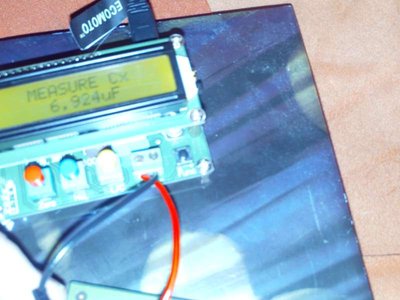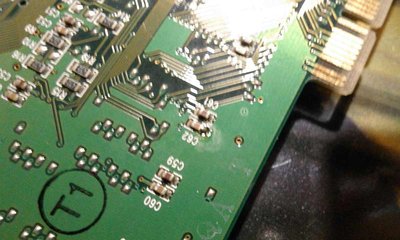First post, by aaronkatrini
- Rank
- Member
Hi all,
This is my first time on this forum, please if I am on the wrong section move this thread. 😀
So yesterday I was on a Sunday-only place that sells second-hand stuff. And while I was looking through the electronics part (my favorite!) I came across this Diamond Monster 3D Voodoo 1.
The seller was asking only 5 euros for it. It has been a while since I wanted to try myself a 3dfx card, since I've been watching a lot of videos on YT about and could not let down that offer! However upon inspection I noticed that there were a few SMD components missing, but decided to go risk it anyway.
I've been searching a bit all over the internet for a schematic of the Voodoo 1 in order to know the value of these SMD "resistors"/"capacitors", but without luck. Only thing I could find was a German website that had info for the Voodoo5 5500.
Please note that I could take a picture of the Graphics Card with my phone, but this image I'm uploading has a way better quality, and I've marked in RED all the smd components that are missing. The card I have is the exact model with the one on the photo, same revision Nr, same P/N. I haven't tried it yet on my PC because I'm afraid I can make it worse.
I'm missing :
C59
C61
C62
C63
C64
R14
Thanks in advance.


